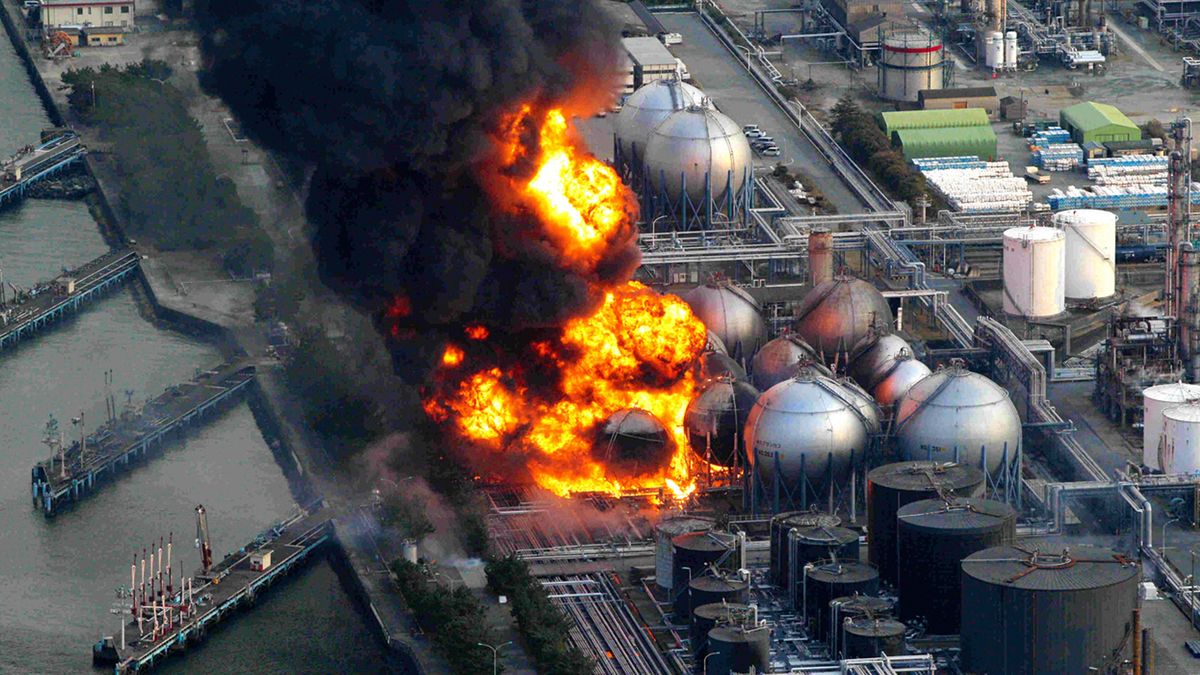Yes, it was observed National minute of silence at 2:46 p.m. localthe moment when the magnitude 9 earthquake shook the entire archipelagolater hit by a tsunami with waves sometimes as high as buildings.
There were also private commemorations in the most affected areas. In Namie, near Fukushima, a group of people conducted an annual search for the missing. And in the Tohoku region, some residents offered prayers on the shoreline.
“I try not to think about that day in a special way. It’s a painful memory that I would forget if I could,” said fisherman Sadao Kon, who lost his sister, brother-in-law and nephew.
About 18,500 people died or disappeared due to the catastrophe, which also caused the meltdown of three of the reactors at the Fukushima plant, in the worst nuclear accident since Chernobyl (Ukraine) in 1986.
Radioactive leaks in the area caused the emergency evacuation of tens of thousands of inhabitants, some permanently.
Access to more than 1,650 km2 of the department of Fukushima -that is, 12% of its surface- was prohibited in the months following the catastrophe. intense decontamination works now allowed these areas to be reduced to 337 km2, 2.4% of its surface
All the municipalities that were evacuated have already recovered their inhabitants. This year, Futaba, the last town near the plant that was still empty, already welcomes five of its residents.
But their populations are still much lower to pre-disaster levels, as many residents do not want to return for fear of radiation.
As many as 165,000 people in the department had evacuated their homes, forced or by personal choice. According to the authorities there are currently 33,365 displaced personsof which 80% live outside the department of Fukushima.
In addition to the decommissioning of the nuclear power plant, other challenges remain, such as the reputation of local food products, although their safety is rigorously controlled.
But this image of rigor of the authorities may be tarnished by the project adopted last year by the government of dumping more than a million tons of polluted water from the plant into the ocean, which still contains tritium.
Although the process is supervised by the International Atomic Energy Agency (IAEA), and spread over decades so as not to dump contaminated water into the ocean too brutally, the project sparked outrage from countries neighboring Japan as well as from local fishermen.
Source: Ambito
David William is a talented author who has made a name for himself in the world of writing. He is a professional author who writes on a wide range of topics, from general interest to opinion news. David is currently working as a writer at 24 hours worlds where he brings his unique perspective and in-depth research to his articles, making them both informative and engaging.




